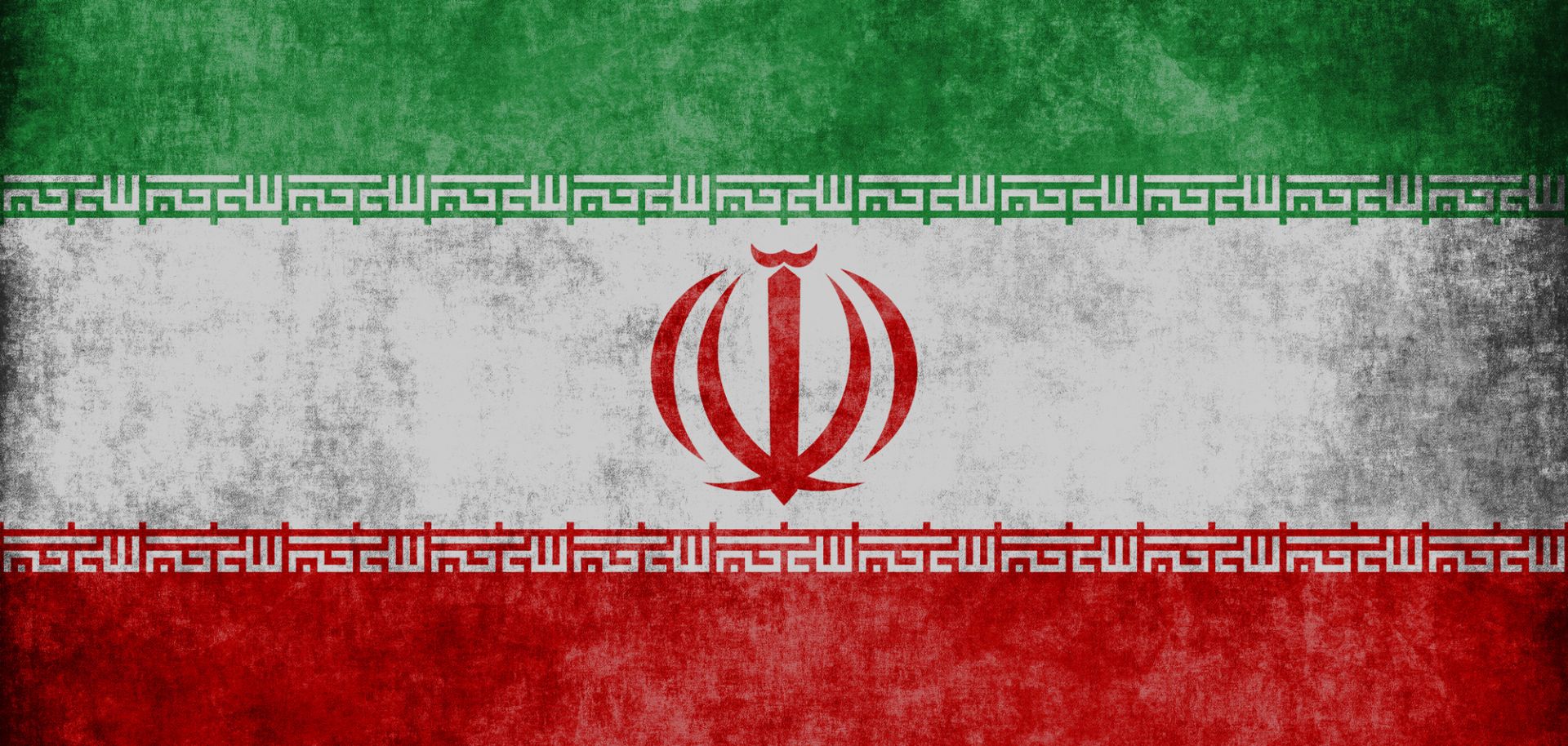ASSESSMENTS
The U.S.-Iran Confrontation: How Did We Get Here?
May 15, 2019 | 20:50 GMT

As the United States ramps up its pressure campaign on Iran, Tehran has maintained its defiance. As U.S. warships maneuver near the Arabian Peninsula, Iran has stated its intent to return to activities prohibited under the nuclear deal that Washington abandoned last year. A series of Stratfor analyses helps explain how the confrontation between the United States and Iran got to this point.
(DRAGANA STOJANOVIC/Shutterstock)
Editor's Note:
Since 1979, the United States and Iran have been locked in varying degrees of confrontation. Since the U.S. withdrawal from the Iran nuclear deal in May 2018, Washington has taken an increasingly tough sanctions line. Now, Tehran and Washington's diplomatic confrontation is escalating, which increases the risk of a military conflict. Because a general regional war would have a devastating impact on global energy markets and the countries surrounding the Persian Gulf, Washington and Tehran are attempting to outmaneuver each other without resorting to open conflict. The United States is signaling to Iran that it must come to the negotiating table again for a new deal or face economic collapse, or worse. Meanwhile, Iran is trying to show the United States that the costs of imposing its power on Iran outweigh the benefits — and that Iranian forces are willing to retaliate against U.S. pressure, be it economic or military.
Assembled in this compendium are a number of essential Stratfor analyses that set the scene for the current phase of escalation between the United States and Iran.
Subscribe Now
SubscribeAlready have an account?
